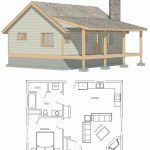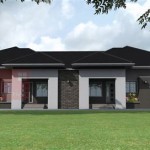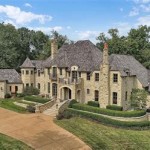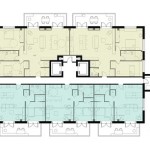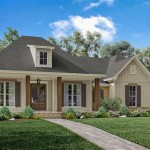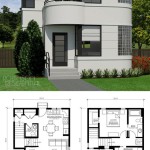Essential Aspects of Antique Cape House Plans
Antique Cape house plans offer a glimpse into the architectural heritage of the early American colonies. These charming and timeless homes have stood the test of time, thanks to their well-crafted designs and enduring appeal. Whether you're an admirer of history, a lover of classic architecture, or simply seeking inspiration for your dream home, understanding the essential aspects of antique Cape house plans is essential.
Origins and History: The Cape Cod-style house originated in England in the 16th century. It was brought to America by English colonists in the 17th century and quickly became popular in New England and beyond. Cape houses were initially modest dwellings, often featuring a single room with a central chimney, but over time, they evolved into more elaborate structures with multiple rooms and stories.
Key Characteristics: Antique Cape house plans typically feature a rectangular or square floor plan with a central chimney. The roof is usually steeply pitched, with a single or double slope, and often features dormer windows to provide additional light and ventilation in the second story. Exterior walls are typically clad in clapboard or shingles, and windows are often double-hung with small panes.
Variations and Regional Styles: While Cape Cod houses share many common features, regional variations have emerged over time. The Half Cape, for example, is a smaller version of the traditional Cape house, featuring a single room on each side of a central chimney. The Three-Quarter Cape is a slightly larger variation with a room on each side of the chimney and a third room in the back.
Interior Details: Interior spaces in antique Cape houses are often characterized by exposed beams, wide-plank flooring, and cozy fireplaces. Kitchens are typically located in the center of the house, with built-in cabinetry and a large hearth. Bedrooms are usually small and located on the second floor, with steep staircases leading to them.
Modern Adaptations: While antique Cape house plans provide a blueprint for timeless design, modern adaptations have emerged to meet evolving needs. These adaptations often include incorporating modern amenities, such as larger kitchens, updated bathrooms, and central heating and air conditioning. However, many homeowners choose to preserve the original character of their Cape houses while making these modernizations.
Building with Antique Cape House Plans: If you're considering building a home using antique Cape house plans, it's crucial to work with an experienced architect or builder who understands the unique requirements of these historical structures. They can help you interpret the plans, incorporate modern building codes, and ensure the authenticity and integrity of your dream home.

Colonial Revival Cape Cod House Plans The Portland Telegram Plan Book Oregon No 619

Building Plans House Vintage A

1952 Premier Small Homes Ranch Style House Plans Vintage Cape Cod

Cape Cod House Plans Cottage Style

1924 Colonial Revival Ctottage Bilt Well Vintage House Plans Cottage

Cape Early New England Homes

Sears The Attleboro 1938 Cape Cod House Six Rooms Bath And Lavatory Side Porch Already Cut Fitted

Charming 1927 Cape Cod In Girardeau Missouri House Crazy Sarah

Historic Plans Eleanor Raymond Cottage For A Forty Foot Lot Project Small House

Artistic 1918 Eclectic House Plan Modern American Homes Vintage Plans By C L Bowes Co

